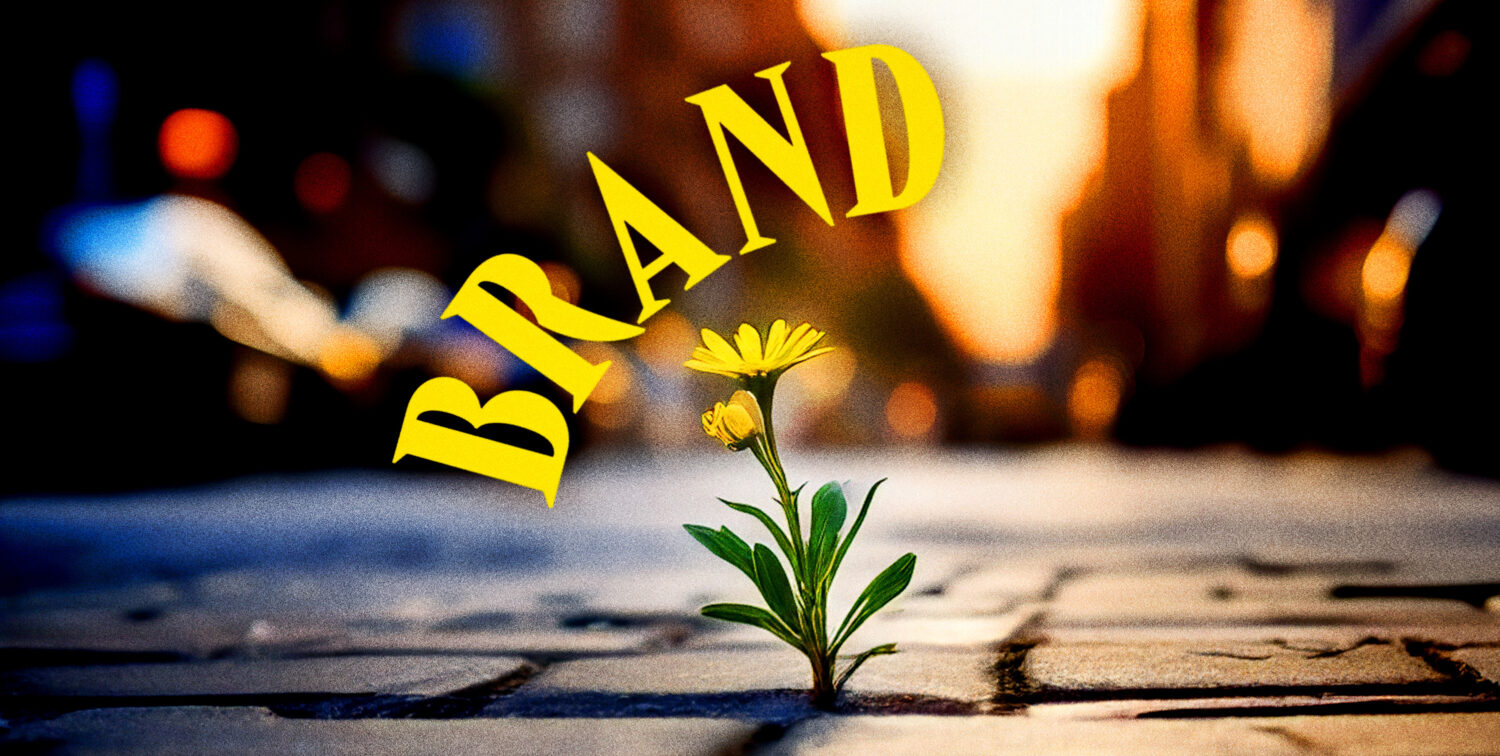"The era of brand is over." Again? Really??

On an episode of Uncensored CMO back in May, Professor Scott Galloway said, “The era of brand is dead.” He’s said it before elsewhere, including Cannes in 2023.
His argument goes something like this: Once upon a time, you could take a mediocre product (bubbly brown sugar water, for example), wrap it in the magic of brand (Coca-Cola), charge a premium, blast clever messaging across a relatively few number of available channels … and swim around in money like Scrooge McDuck.
Today, there are more ways for people to find products and services — Google, TripAdvisor, Yelp, etc. — that don’t necessarily rely on branding, so the return isn’t quite as good.
Galloway argues that “product is the new brand,” and he uses boutique hotels as an example. He never would have found his new favorites without sites like TripAdvisor and Instagram.
Galloway is always thoughtful, interesting … and deliberately provocative. People listen to him. Is he right?
Is the era of brands really over?
Imagine you're standing at the corner of a busy city street. New York, Chicago, Seattle … a city you don’t know well. You're alone. It's dark, cold, pouring rain and it’s a long, long way back to your hotel.
A black SUV pulls up, and a complete stranger tells you to get in. He'll give you a ride. Do you get in the car? Of course not … that would be insane. And yet, we do it every day.
We get into strange cars and trust strangers with our lives because of brand. Today, Uber is a $36 billion dollar company.
We trust strangers to pick out our groceries because of brand. We trust the charitable causes we give to because of brand. We shell out more money for golf clubs, vacations, running shoes, yoga pants and smartphones because of brand.
This year at Cannes, Professor Mark Ritson reminded everyone that while promotion and creativity are important, there are three other Ps of marketing. And he’s absolutely right. Product, pricing and place are all critical.
He went on to say, “You’re all f**king obsessed with Liquid Death. It’s a little brand with questionable profitability and a short-term future. It’s tap water in a cool can.”
Exactly. It’s water in a cool can … with a great logo, tagline and wildly irreverent and hilarious videos. We’re obsessed with their distinctive brand assets and their attitude. They’re having fun.
Yes, Liquid Death probably haven’t nailed all 4 of the Ps yet … and if they want to stick around, they will need to. But the fact we can find Liquid Death on the shelf at Target is a near miracle.
As of 2022, eight brands accounted for 41% of the bottled water market. Six of those eight brands are owned by four companies — Nestlé (San Pellegrino, Perrier), Coca-Cola (Dasani), Wonderful Brands (Fuji) and Danone (Volvic, Evian).
And what are these brands? They’re water … in a plastic bottle.
From Motley Fool: “According to Beverage Digest, Liquid Death had a 0.2% share of the still water market in 2022 and a 1% share in sparkling water.” Yes, they are tiny.
With their massive distribution networks and purchasing power, Nestlé, Coca-Cola, Danone and Wonderful Brands could throw their big, sharp elbows around and fill up every last bit of shelf space if they wanted to. Or they could buy Liquid Death outright. Maybe Liquid Death isn’t big enough to bother with yet.
But how’d Liquid Death get on the shelf in the first place? Brand.
Yes, it’s water in a cool can. But what is Coke? What is Advil? What is Harley-Davidson? What is The North Face? What is Progressive?
Each of these brands has more or less nailed the 4Ps, including Product, but in a crowded field of competitors, what makes them distinctive and instantly recognizable?
Brand.
Why do we trust Advil to be better at getting rid of our headaches? Why are we willing to pay a premium?
Brand.
And why build a strong brand? It goes back to the fundamentals of empirical marketing.
Mental availability — In a buying situation, category buyers are much more likely to choose your product or service if they know who you are, trust who you are and have an emotional connection to your brand.
Physical availability — The stronger the brand, the more likely it is to end up on shelves and the more likely it is people will search for it.
Customer acquisition — Long-term, broad-reach brand building is the most effective way to reach new customers, driving long term growth and market share.
Price sensitivity — Buyers are generally more willing to pay a premium for brands they trust, and higher margins usually mean greater profits.
The brand also protects your business from macroeconomic forces you can’t control — pandemics, downturns and interest rate spikes. And, as we talked about last week, brand building becomes more important than ever in a crisis.
Scott Galloway and Mark Ritson are both brilliant. But we think Galloway is wrong and Ritson sort of missed the point. A little. At least here.
We’ll see you next time.
Sources!
“10 food companies own almost every grocery store item you buy” – eatamericano.com
“Leading bottled water brands by global market share” – statista.com
“Creativity is distracting marketers from what matters” – Mark Ritson, Marketing Week
“It’s time for ‘share of search’ to replace ‘share of voice’” – Mark Ritson, Marketing Week
“How to invest in Liquid Death” – Motley Fool

